Pamukkale, which translates as “cotton castle” in Turkish, is a natural feature in Denizli, Turkey’s southwesternmost province. The location is well-known for a carbonate mineral left by running water.
Quick Navigation
- Overview
- History and Culture of Pamukkale
- Getting there To Pamukkale
- Best time to visit Pamukkale
- Places to visit near Pamukkale
- Pamukkale FAQs
Overview
Pamukkale is a small town in the Denizli Province in southeastern Turkey. It is roughly 19 kilometers from the city of Denizli. It is located in Turkey’s Inner Aegean area, in the River Menderes valley, and enjoys a pleasant climate for most of the year.
Pamukkale, together with Hierapolis, is a UNESCO World Heritage Site. Hierapolis-Pamukkale was designated a UNESCO World Heritage Site in 1988. Because of its historical significance and natural beauty, it is a popular tourist destination. The subterranean volcanic activity that creates the hot springs also propelled carbon dioxide into a cave known as the Plutonium, which translates as “place of the god Pluto.” This cave was utilized for religious purposes by Cybele priests who discovered techniques to look impervious to the suffocating gas.
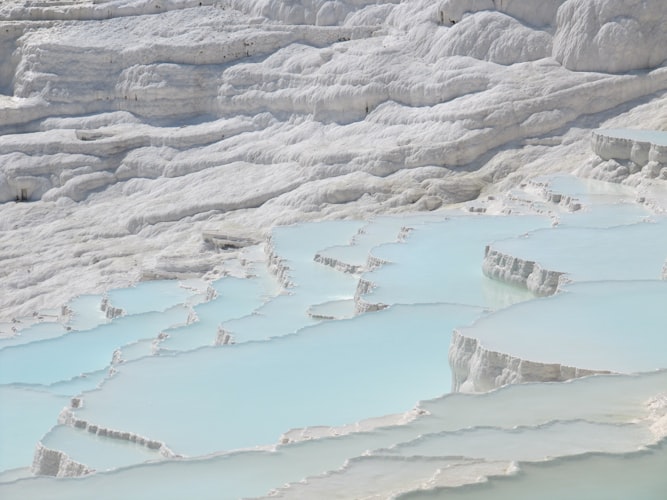
Another nearby site is Ephesus, which is a must-see. Pamukkale, however, is more than simply ruins. The place is distinguished by white terraces built of sedimentary rock and accumulated by hot spring waters over millennia. There are multiple hot spring water sources in the region, and they combine to produce water that is extremely rich in calcium carbonate. When the water evaporates into the air, it transforms into white travertine.
History and Culture of Pamukkale
Since ancient times, this city in Turkey has been used as a spa.’ The significant mineral richness resulted from fault movement between the Menderes valley. Certain minerals were ejected from under the surface as a result of this change. There were also radioactive materials present, which gave this location its white colour.
Because this country has followed the rising trend of urbanization over the years, it has the same customs and traditions as any other modern nation. However, being a Muslim country, this area adheres to Quranic teachings and is recognized for performing several rituals and holidays relating to the Muslim religion.
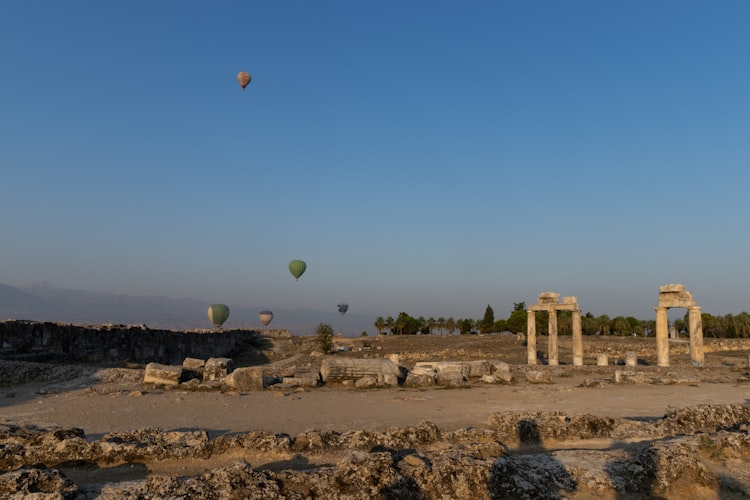
This country’s population is made up of 98 per cent Muslims, with 85 per cent Sunnis and the remaining 15 per cent Shitte groups. The elder generation communicates primarily in Turkish, although among the younger generation, you may discover people who know English.
Getting there To Pamukkale
The Pamukkale Turizm firm provides convenient bus service to and from Kusadasi. The bus runs numerous times throughout the day, making it easy to choose a time that works for you. This is the cheapest and most convenient method to go to Pamukkale from Kusadasi.
The bus travel from Istanbul to Pamukkale takes around 12 hours, so though it is a less expensive alternative, it is not suitable for persons with limited time. Flights to the adjacent airport in Denizli (DNZ) take little over an hour, and the Pamukkale hot baths are another hour away. Regular buses from Izmir to the town gate of Pamukkale take roughly 4 hours. Hiring a private cab is another viable alternative. This is also one of the more expensive options, but it provides you with a great degree of freedom.
Best time to visit Pamukkale
It is suggested that you visit this location in September for two reasons. First, since it might be exceedingly hot or extremely cold throughout the other months. Second, several festivals are organized throughout September, which you would love.
Places to visit in Pamukkale
1. Travertines
Travertines are large minerals-based rocks. They have magnificently sculpted mountains or rocks coated in white minerals that have been designated as a UNESCO World Heritage Site. It is customary for visitors to walk barefoot on these travertines. You may bathe in thermal water while also receiving an excellent natural spa treatment.
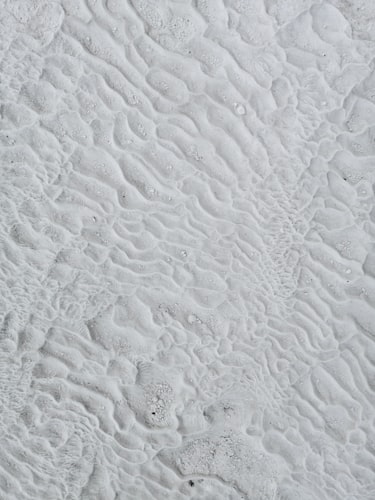
2. Hierapolis Archaeology Museum
It is a museum that houses Roman-era artifacts. Built beneath the baths of Hierapolis, this museum is recognized to be one of the most treasured or distinctive locations, containing items from the ancient civilization like as jewelry, oil lamps, and so on.
3. Hierapolis
Hierapolis symbols, as well as a Roman civilization, ruins This location has grabbed the attention of many people throughout the years due to the remnants of an old civilization that flourished in a bygone age. This area is renowned to be swamped with tourists and is one of the most well-maintained historic places in the world. It is located above the travertines.
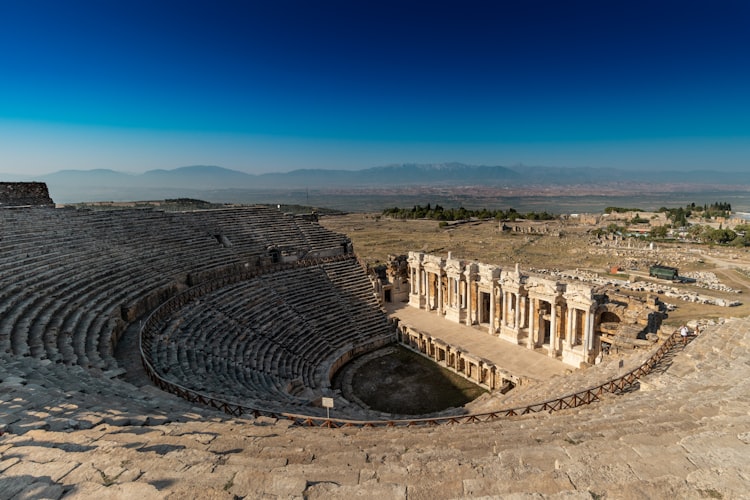
Plan your trip with Pickyourtrail.
This region is well-known for its great wine production, which is now well-known by most people all over the world. You may simply get a couple of drinks and enjoy belly dance and other traditional events in this neighborhood. This location is also well-known for its cotton goods as well as stonewares. You could also be interested in purchasing some souvenirs from this location because they are less expensive than everywhere else in Turkey. Pickyourtrail, a reputable travel operator, can assist you in planning your trip to Turkey. Discover Turkey trip packages or create your own with the help of a professional Turkey tour guide.
Frequently Asked Questions About Pamukkale
1. What is the ideal time of year to visit Pamukkale?
The optimum times to visit are in the spring and autumn (fall), when the weather is neither too hot nor too chilly. At certain times, there are also fewer tourists.
2. How much does it cost to visit Pamukkale?
It costs about $6 per person
3. Is it possible to swim at Pamukkale?
Pamukkale’s hot pools are open for swimming. The land was utilised as a Roman spa retreat.
4. What town is the closest to Pamukkale?
The nearest town is Denizli, a city of 500,000 people in Turkey’s Aegean region. Tourists and casual visitors will find little attraction in this industrial town.
5. What is the local cuisine in Pamukkale?
Turkish people typically eat fried vegetables such as eggplant and potatoes with yoghurt and sauce. Menemen and Cilbir are two of the restaurant’s most well-known dishes. Tomatoes, sheep cheese, and other foods are also enjoyed daily here.
Related Itineraries

Marvellous 7 Night Turkey Tour Packages
- Flights excluded
- 3 star accommodations
- 2 activities
- Private transfer
₹ 1,79,668
Starting price/person
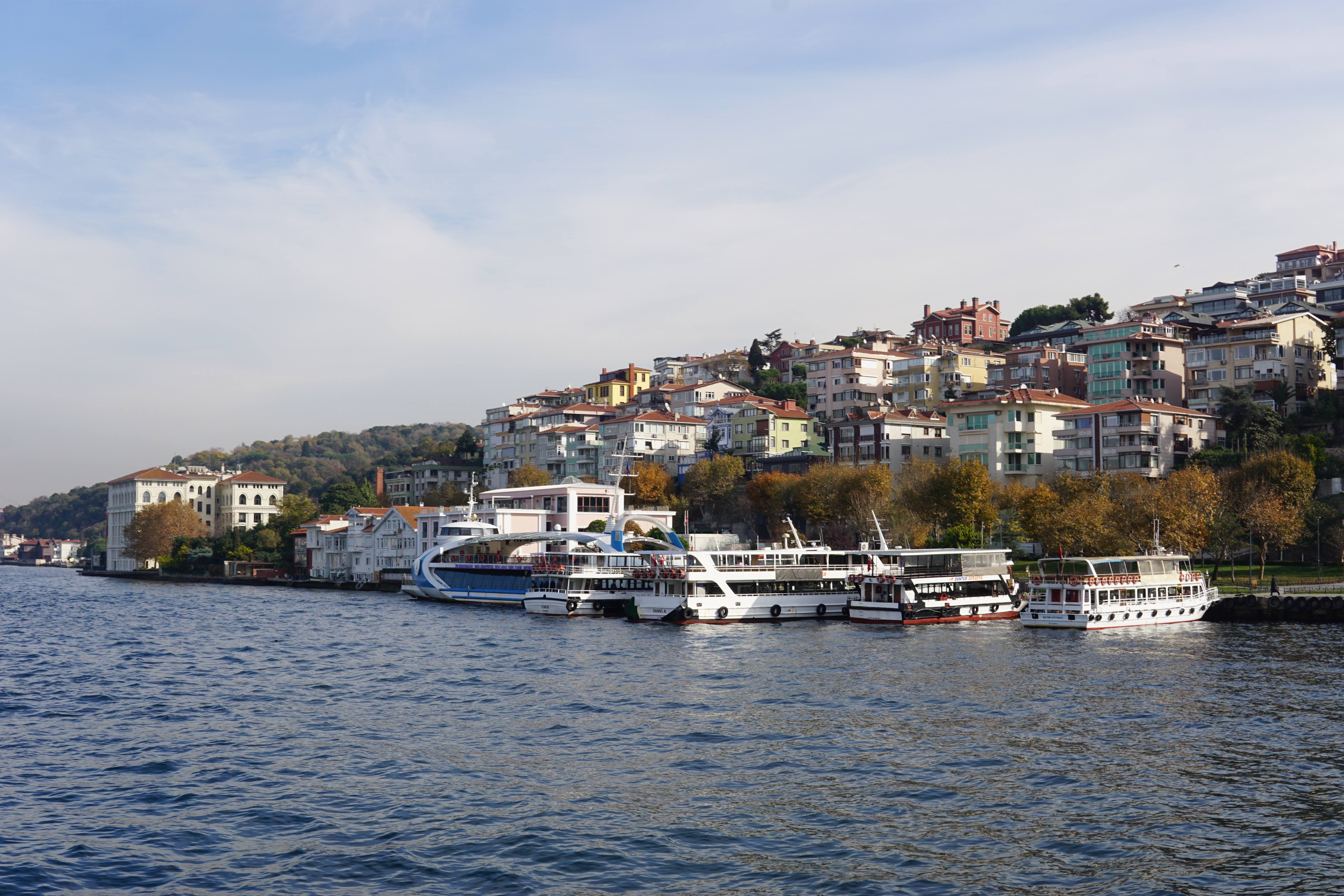
Magical 6 Days Turkey Holiday Packages
- Flights excluded
- 5 star accommodations
- 2 activities
- Shared transfer
₹ 1,29,572
Starting price/person
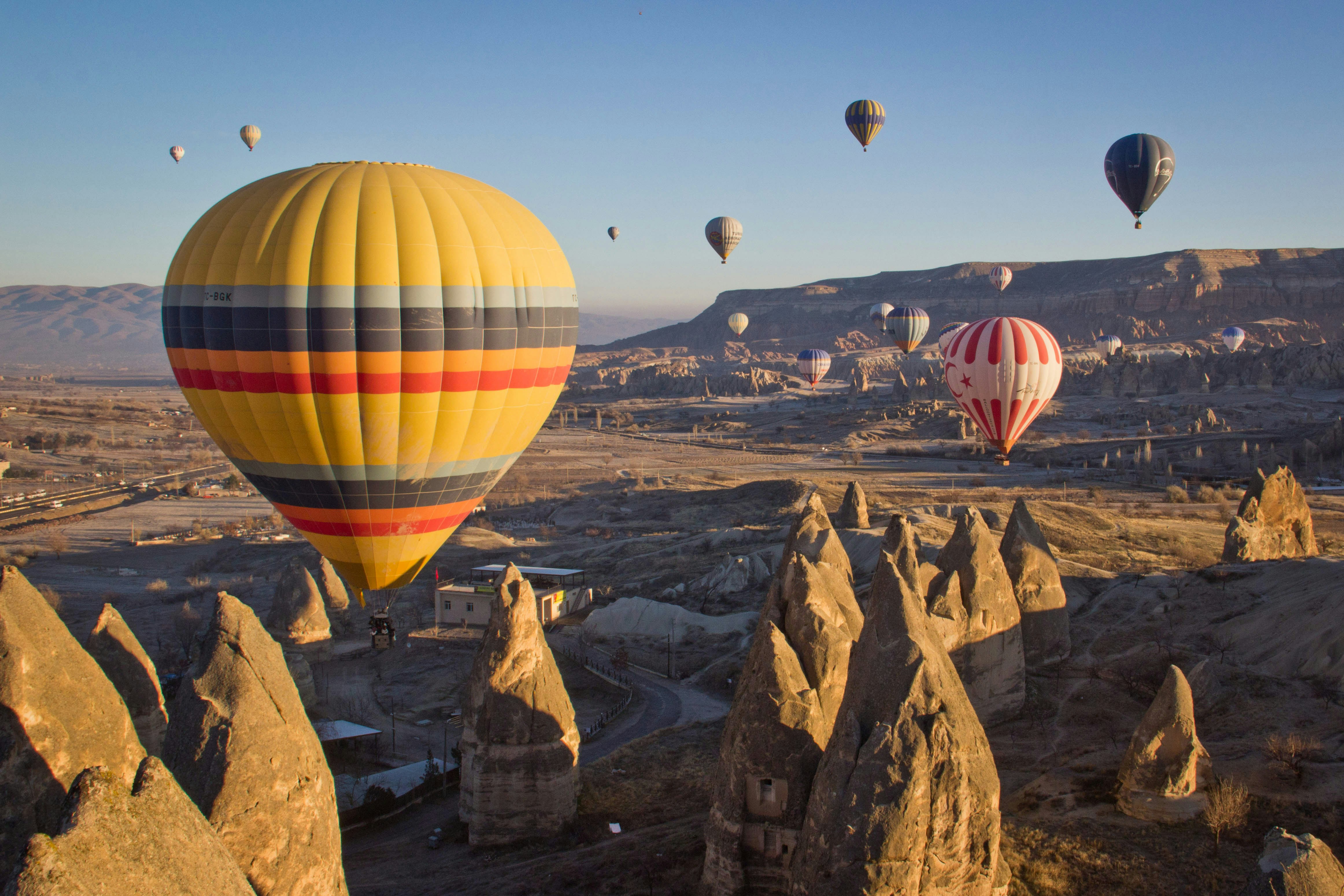
Spectacular 9 Night Turkey Travel Packages
- Flights excluded
- 3 star accommodations
- 4 activities
- Private transfer
₹ 1,82,372
Starting price/person
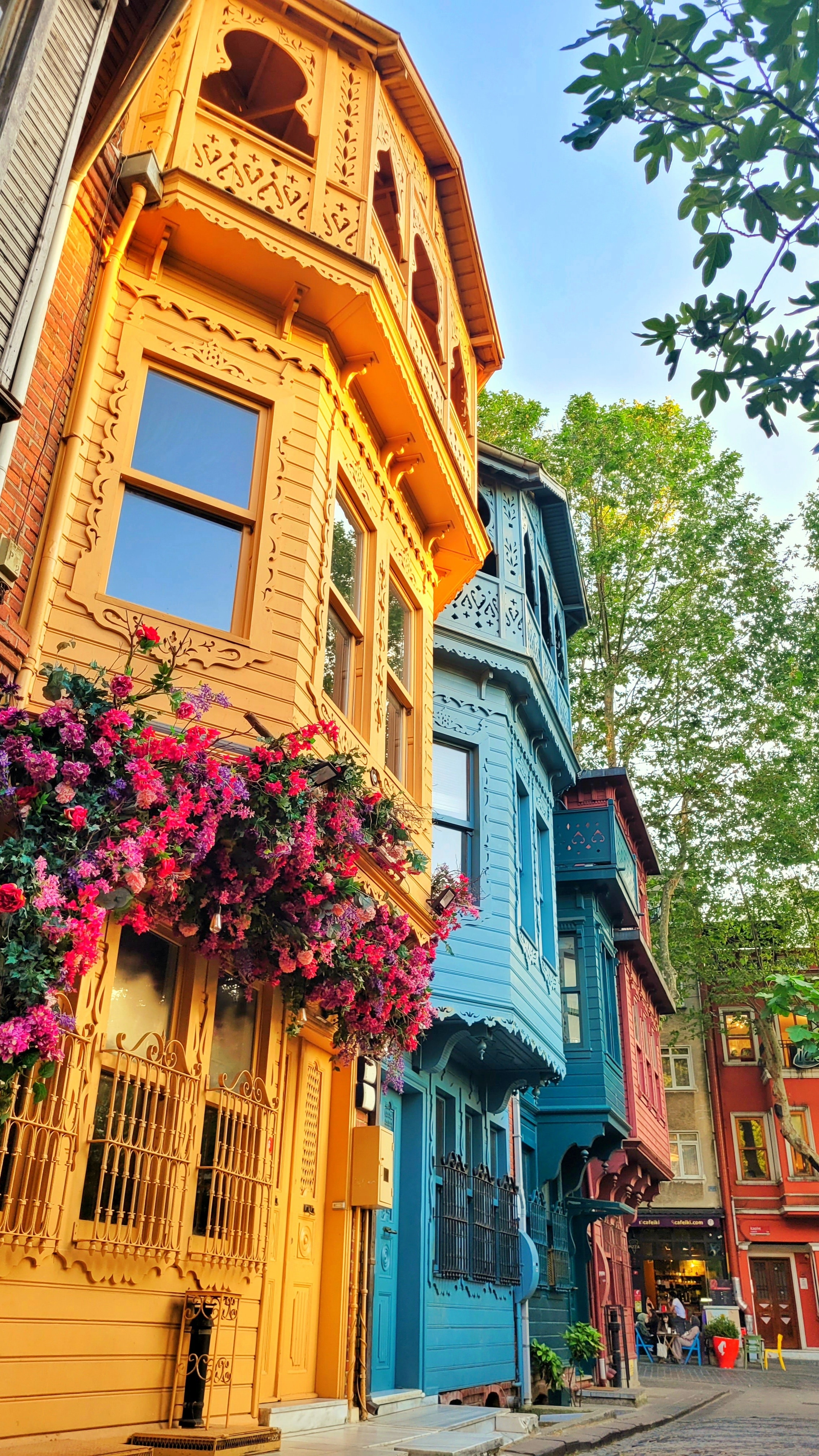
Fabulous 8 Night Turkey Packages
- Flights excluded
- 3 star accommodations
- 3 activities
- Private transfer
₹ 1,63,095
Starting price/person
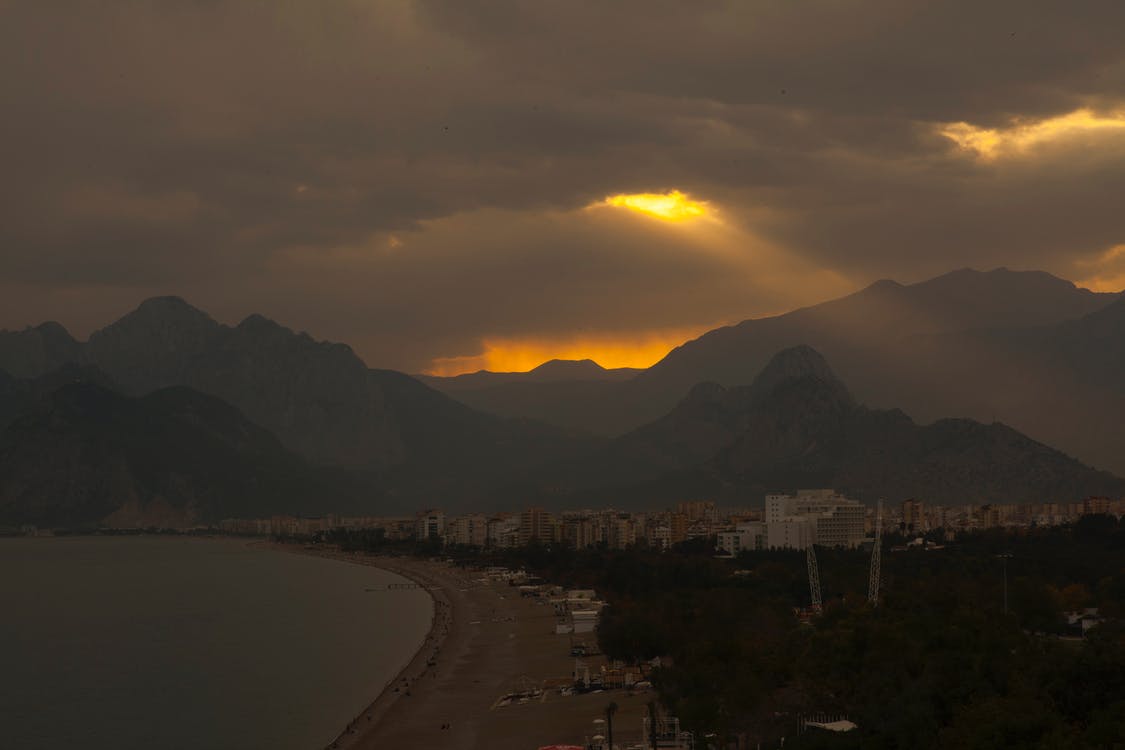
Ideal Antalya Turkey Holiday Packages
- Flights included
- 3 star accommodations
- 5 activities
- Private transfer
₹ 2,05,016
Starting price/person
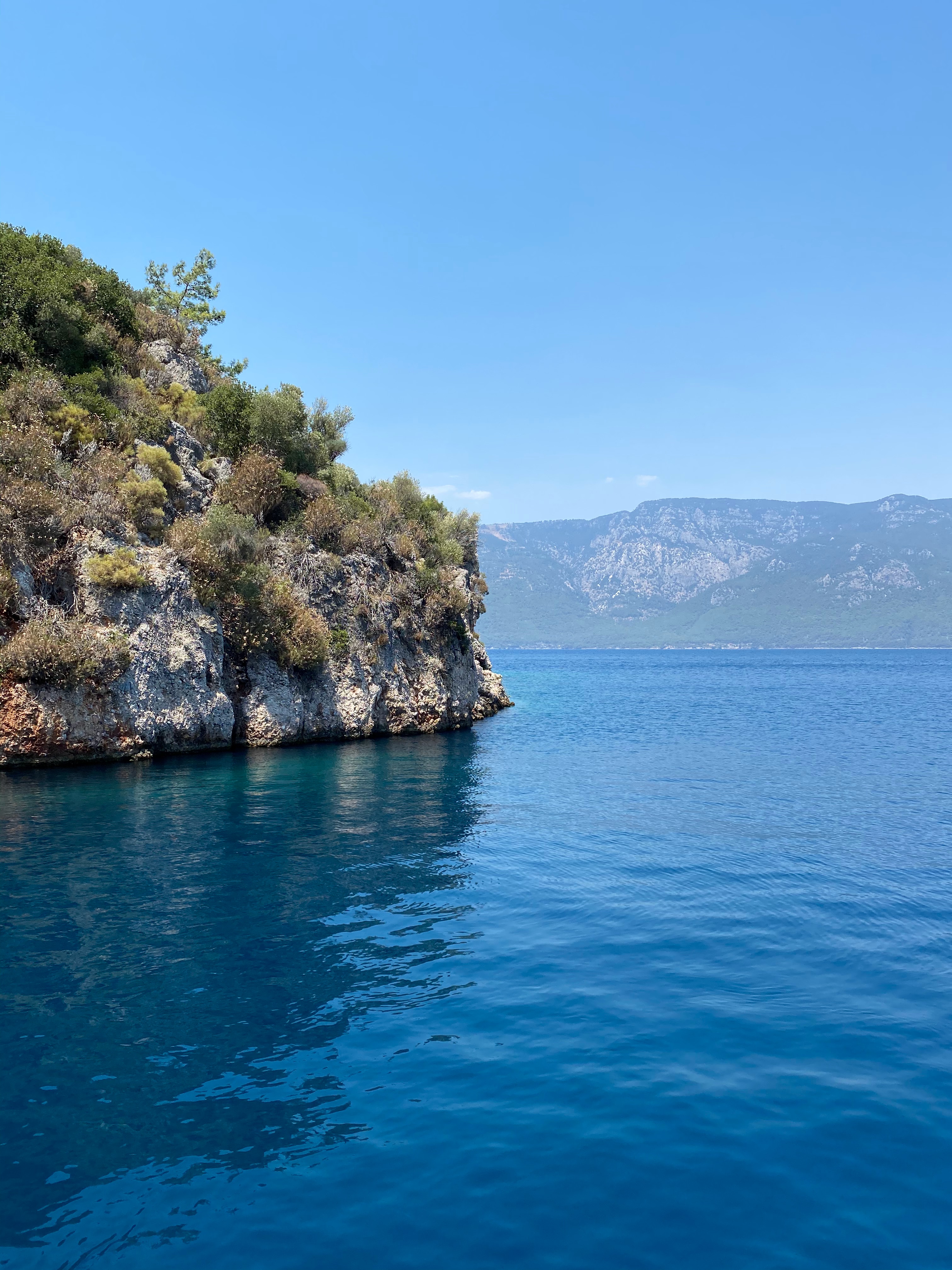
Dazzling 6 Night Turkey Trip Packages
- Flights excluded
- 3 star accommodations
- 2 activities
- Private transfer
₹ 1,37,594
Starting price/person
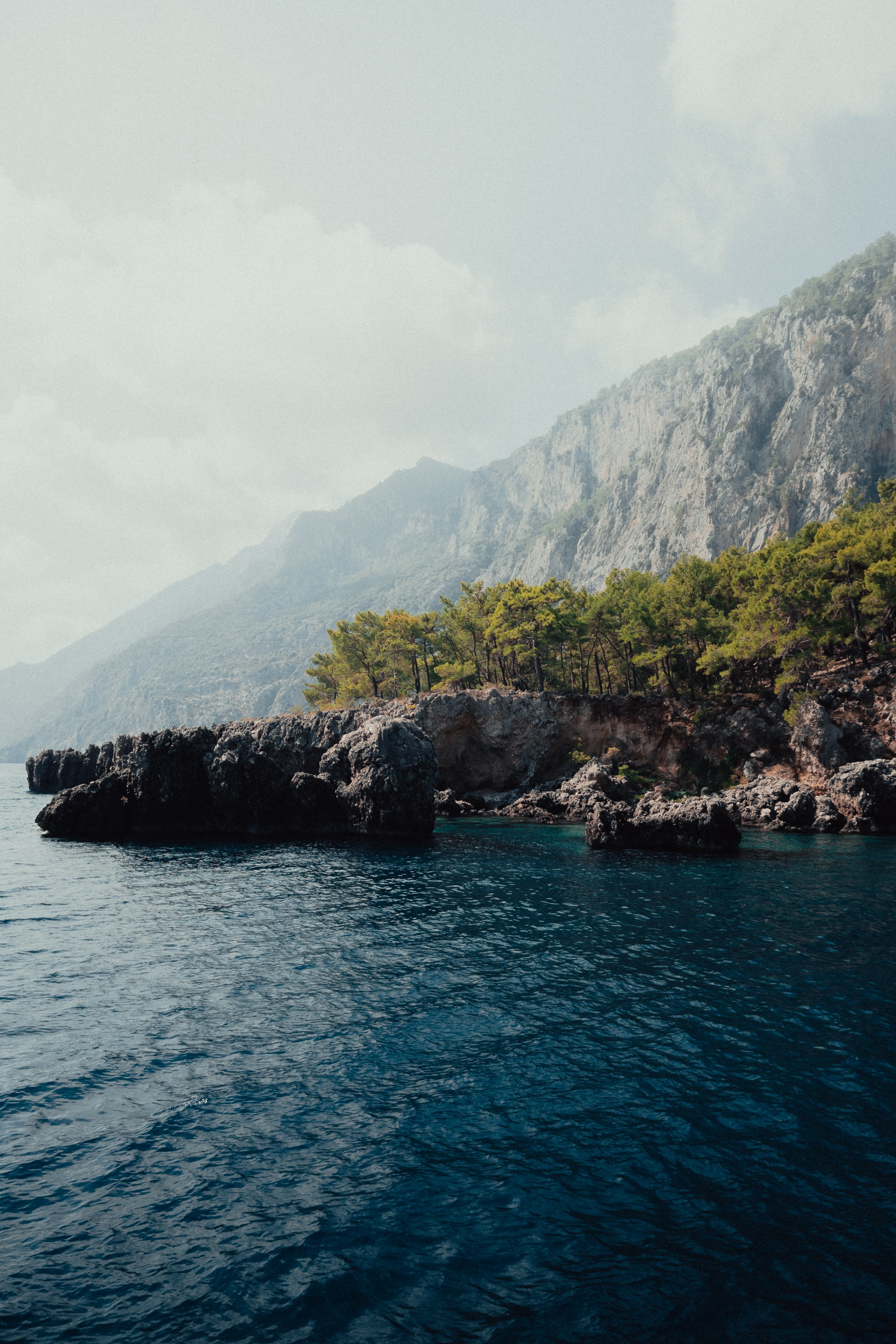
Scenic 7N/8D Turkey Tour Package
- Flights excluded
- 5 star accommodations
- 4 activities
- Private transfer
₹ 1,95,873
Starting price/person

Perfect 4 Day Turkey Vacation Packages
- Flights excluded
- 3 star accommodations
- 1 activities
- Shared transfer
₹ 1,04,641
Starting price/person
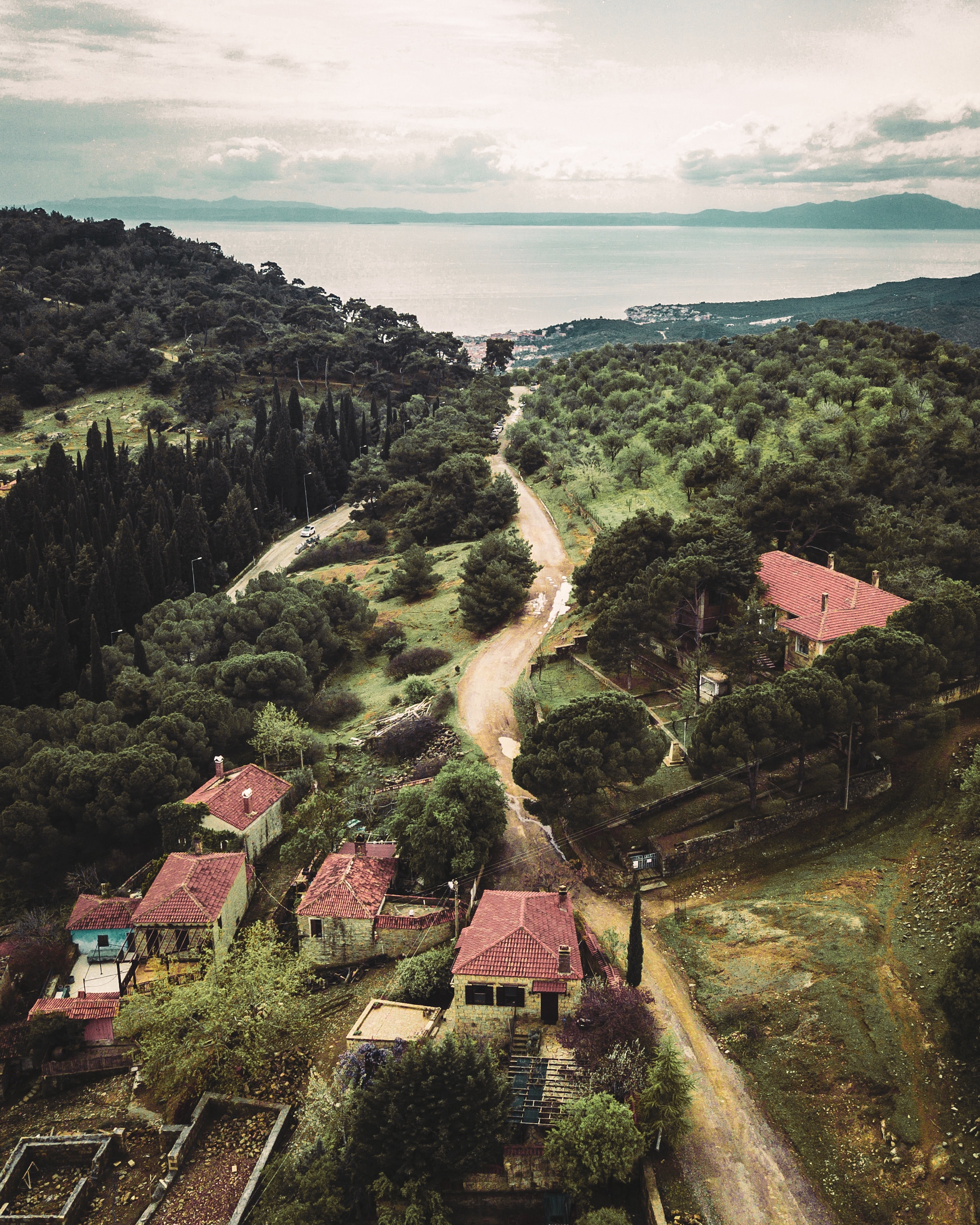
Rejuvenating 5 Night Istanbul Tour Package
- Flights excluded
- 3 star accommodations
- 2 activities
- Shared transfer
₹ 1,04,784
Starting price/person

Fun 4 Night Istanbul Holiday Package
- Flights excluded
- 3 star accommodations
- 1 activities
- Shared transfer
₹ 1,05,517
Starting price/person



